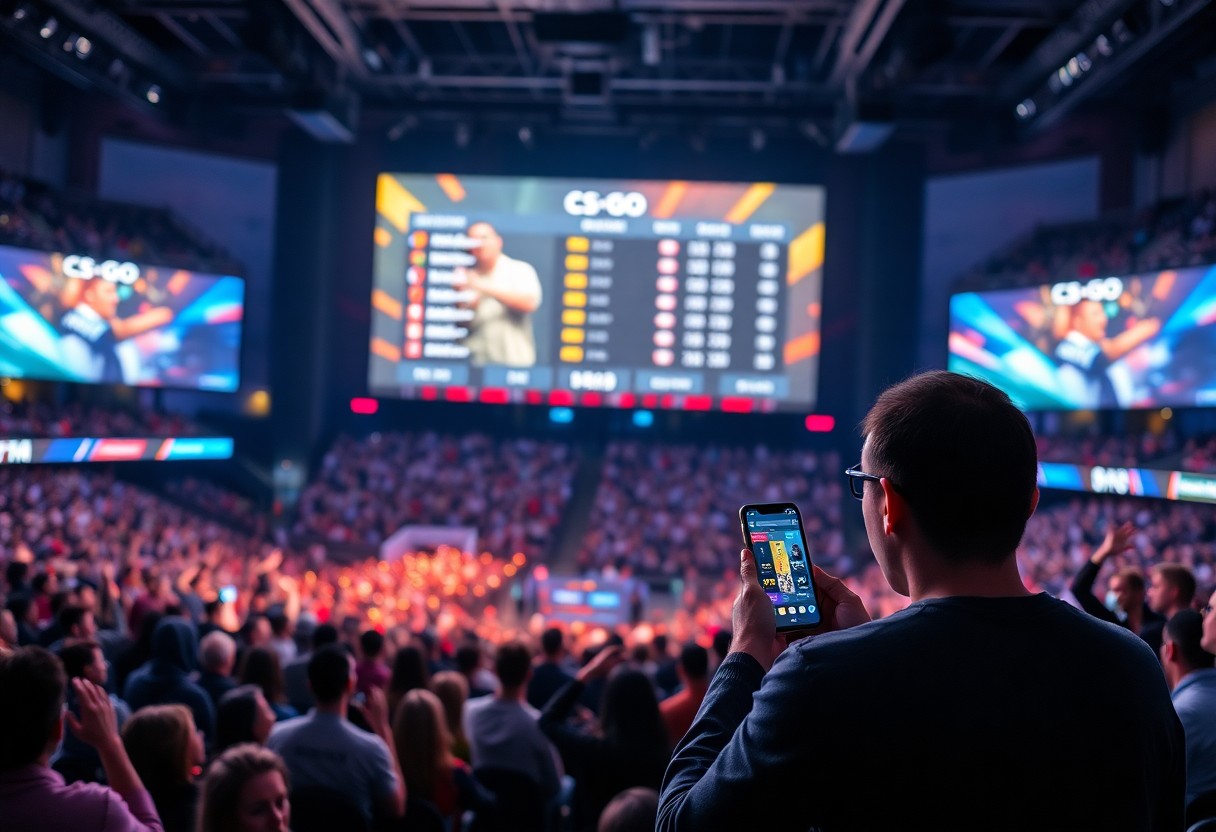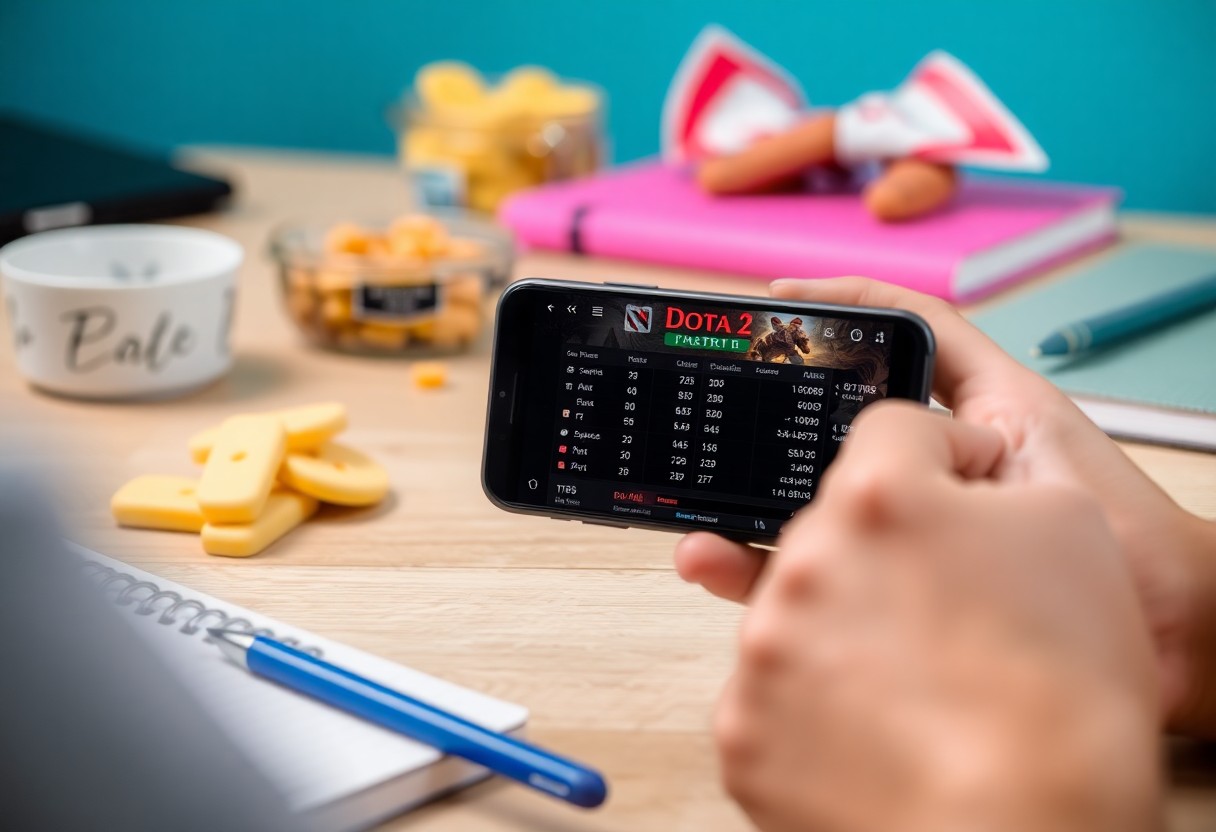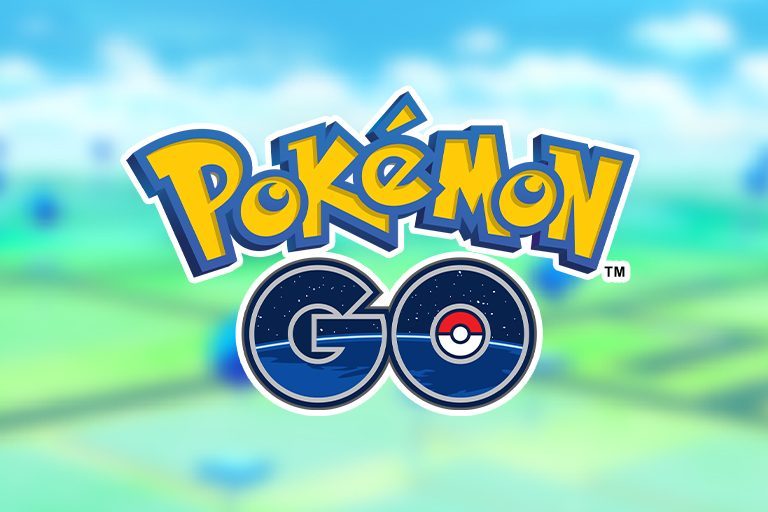Growth in the competitive Player versus Player (PvP) scene of Pokémon GO (PoGo) is one of the most unexpected developments in the gaming community, especially given the game’s foundational casual nature. Originally designed to be a fun, family-friendly mobile game encouraging exploration and social interaction, Pokémon GO has transformed into a platform where hardcore gamers also thrive. Various factors contribute to this shift, including robust community engagement, regular updates adding depth and strategy, and the intrinsic appeal of competition among players.
One of the driving forces behind the competitive evolution of Pokémon GO is the active community surrounding it. Players have formed groups and forums where they share strategies, tips, and even battle highlights. This community-driven atmosphere fosters a sense of belonging and encourages a deeper understanding of the game’s mechanics. As players exchange knowledge, they become more invested in mastering the PvP aspect of the game. Events like the Pokémon GO Battle League have spurred interest in organized competition, creating an arena for players to pit their skills against one another and enhancing the overall thrill of the game.
Regular updates from Niantic, the game’s developer, have also played a key role in enhancing the competitive nature of Pokémon GO. The introduction of new Pokémon, moves, items, and game modes continually keeps players engaged and on their toes, allowing for diverse strategies and approaches to battle. Balancing updates ensure that no single Pokémon becomes overwhelmingly powerful, compelling players to adapt their strategies and think critically about team composition. Such dynamism ensures that competitive players have new challenges to tackle and maintain their competitive edge, thereby sustaining interest in the PvP scene.
Another noteworthy aspect is the increasing interconnectivity among players through social media platforms and streaming services. Players can watch live streams of top competitors, learn from their play styles, and even participate in collaborative events that offer recognition and rewards. This visibility helps to elevate the competitive scene, giving it a more “mainstream” feel despite its casual origins. Streaming and online tournaments have opened up new avenues for competition, allowing players from varying backgrounds and skill levels to participate in PvP contests on global stages.
The accessibility of Pokémon GO also sets it apart from traditional competitive games. Many players start their journey as casual gamers, often without prior experience in competitive gaming. This low barrier to entry encourages new players to try their hand at PvP, leading to an expanding base of competitors. As more casual players encounter the competitive scene and find enjoyment in battling, the community continues to grow, contributing to the strong emergence of competitive culture within the game.
In the long run, the rapid growth of Pokémon GO’s competitive PvP scene can be attributed to several synergistic elements. Community engagement, consistent game updates, increased visibility through streaming, and accessible gameplay have all coalesced to form a burgeoning competitive landscape. As players continue to explore the nuances of battle mechanics and strategy, Pokémon GO’s PvP component is poised to evolve further, indicating a promising future for this once-casual game turned competitive phenomenon.







